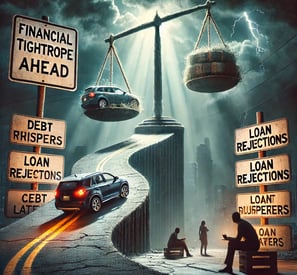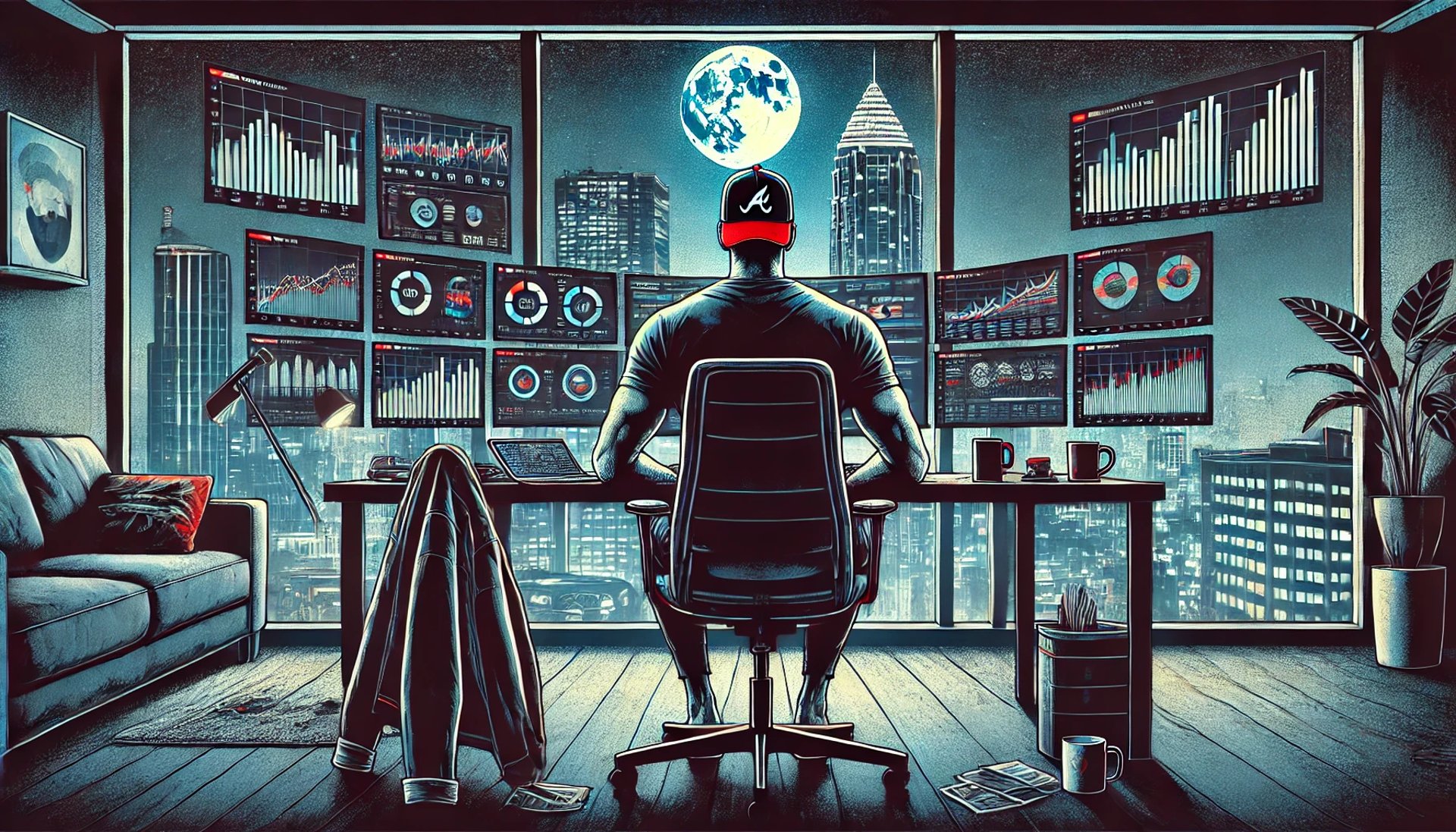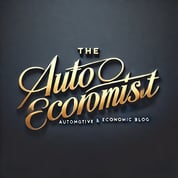The Automotive House of Cards Is Shaking—And the Credit Whisperers Missed It
🚗💥 The automotive market is wobbling, folks, and the cracks are starting to show. Tight credit, rising delinquencies, and student loans kicking back in—it’s a perfect storm. And while the analysts with their trust funds and latte addictions tell you it’s all fine, the truth is far more complicated. I break down what’s really happening in auto loans, credit availability, and the ripple effects hitting Millennials, Gen Z, and the entire industry. This isn’t 2008—but it’s a correction in the making. Buckle up. The ride’s about to get bumpy.
Folks, sit down, because I’m about to take you on a ride the analysts and so-called experts would rather you not take. The automotive market? It’s not just sputtering—it’s coasting toward a steep, winding downhill. And while the big-name talking heads are busy spinning rosy tales about “strong recovery indicators” and “stabilizing trends,” let me tell you, their numbers don’t align with the reality in America’s driveways.
Here’s the deal: credit availability is tighter than a rusted bolt on a ‘74 Chevy.
The DealerTrack Credit Availability Index is scraping lows we haven’t seen since 2015. Sure, the experts want to cherry-pick a tiny EOY uptick, wave their pom-poms, and tell us all to clap for their economic cheerleading. But take a step back. Over the past decade, access to credit has gone from a gushing firehose to a dripping faucet. And what’s worse? Captive finance arms—those automaker-owned lenders—are tightening the screws further. They’ll dangle 0% APR offers on TV, but try applying. Unless you’ve got a FICO score that screams “I eat kale for breakfast,” don’t expect to drive off in that shiny new SUV.
This isn’t 2008, but it sure rhymes.
Back then, it was housing debt—the ugly $10 trillion elephant in the room—that brought the house of cards down. Today? It’s $1.64 trillion in auto loans, up from just $800 billion in 2008. This isn’t your grandfather’s car crisis, but the stakes are higher now. People are borrowing more than ever for depreciating assets. And as interest rates hover near Everest-like peaks, those once manageable car payments are now ballooning into budget busters.
Auto loan delinquencies are rising, and credit card delinquencies are climbing right alongside them.
That’s right—consumers are juggling flaming torches, trying to stay afloat with sky-high payments and shrinking financial cushions. Credit utilization is maxing out, and people are borrowing against tomorrow just to make it through today. And then, there’s the student loan beast waking up after its long pandemic nap. Payments are due, and trust me, when those checks start clearing (or not clearing), it’s going to hit millennials and Gen Z like a pothole at 80 mph.
But, wait, the “experts” say! Leases are up! People are still buying! Listen, I’ve been in this game too long to buy into that bunk. Leases are up because of EVs. That’s it. The shiny Teslas and Nissan Leafs? Consumers don’t want to deal with battery degradation or shell out $20,000 for replacements down the line. Leasing an EV is a glorified rental agreement with a side of “please take the battery headache off my hands.” And those analysts claiming bad credit folks are turning to leases? I’ll say it louder for the car-pipe sniffers in the back: captives push bad credit buyers into financing, not leasing.
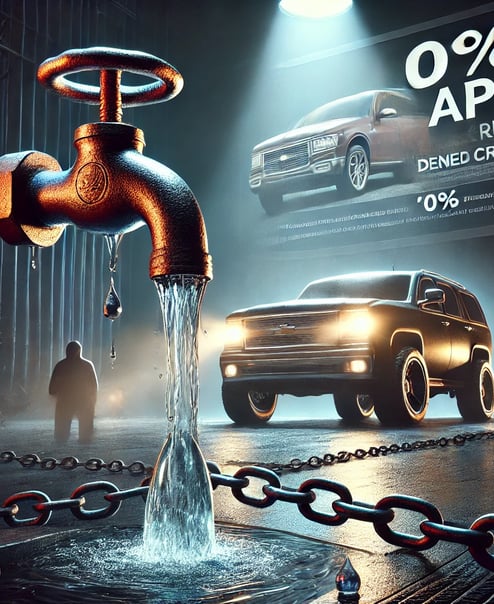

And for the younger generation—the ones drowning in participation trophies and FOMO? They’re juggling rent, student loans, and the harsh reality of inflation eroding their purchasing power. They wanted the A-Class Mercedes or the Range Rover Evoque to flex on Instagram, but now those payments look like a bad decision made during the chip shortage.
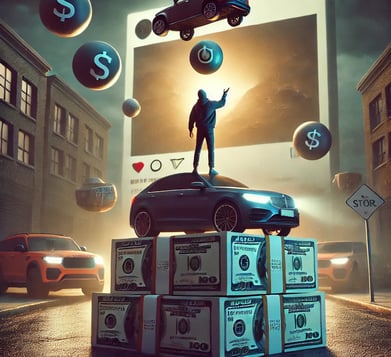

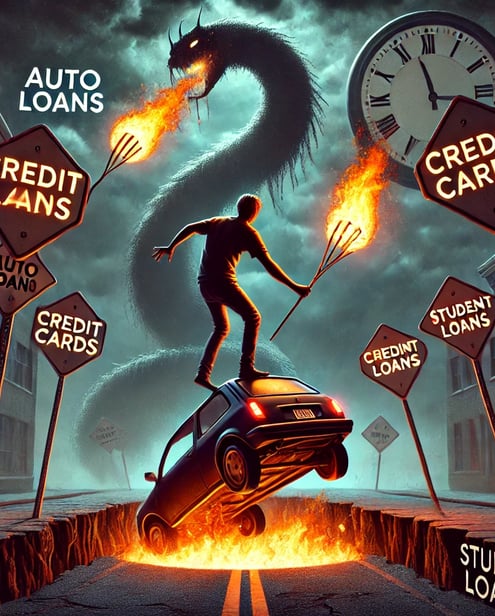

Here’s what’s next
The OEMs (that’s “original equipment manufacturers” for you rich-daddy analysts) are running out of gimmicks. 0% financing won’t save the market if captive finance arms stop approving deals. You can advertise all the incentives you want, but if the credit desk stamps “tier 3” or “tier 4” on an applicant’s file, that shiny truck stays parked. Incentives might keep December numbers okay—mark my words—but the next six months? Iffy at best.
This isn’t doom and gloom; it’s a reality check. We’re watching a correction take shape—a slow-motion shift that’s recalibrating an industry built on outdated assumptions. Cars are lasting longer than ever. The average age of vehicles on the road has climbed year after year. Banks and lenders need to adjust their residuals and loan structures to reflect this new reality. That 96-month loan on a truck that’ll run for 20 years? Rates should reflect its longevity. EVs, on the other hand, are a different beast—loan terms need to account for battery degradation until manufacturers prove otherwise.
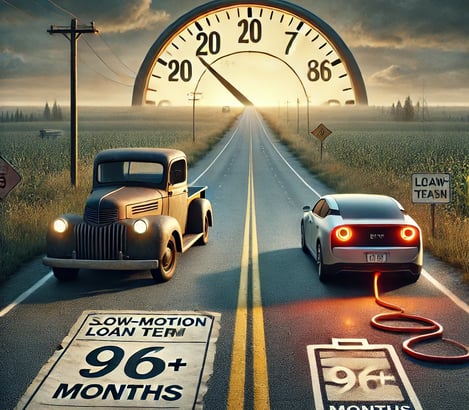

The Bottom Line
The automotive market is wobbling, and the credit whisperers are too busy sipping lattes to notice. But you and I? We see the road ahead. Credit is tight. Delinquencies are up. And the car-buying public is walking a financial tightrope. Something’s gotta give.
Will it be a crash? A skid? Or just a recalibration? Stay tuned. The ride’s about to get bumpy.
